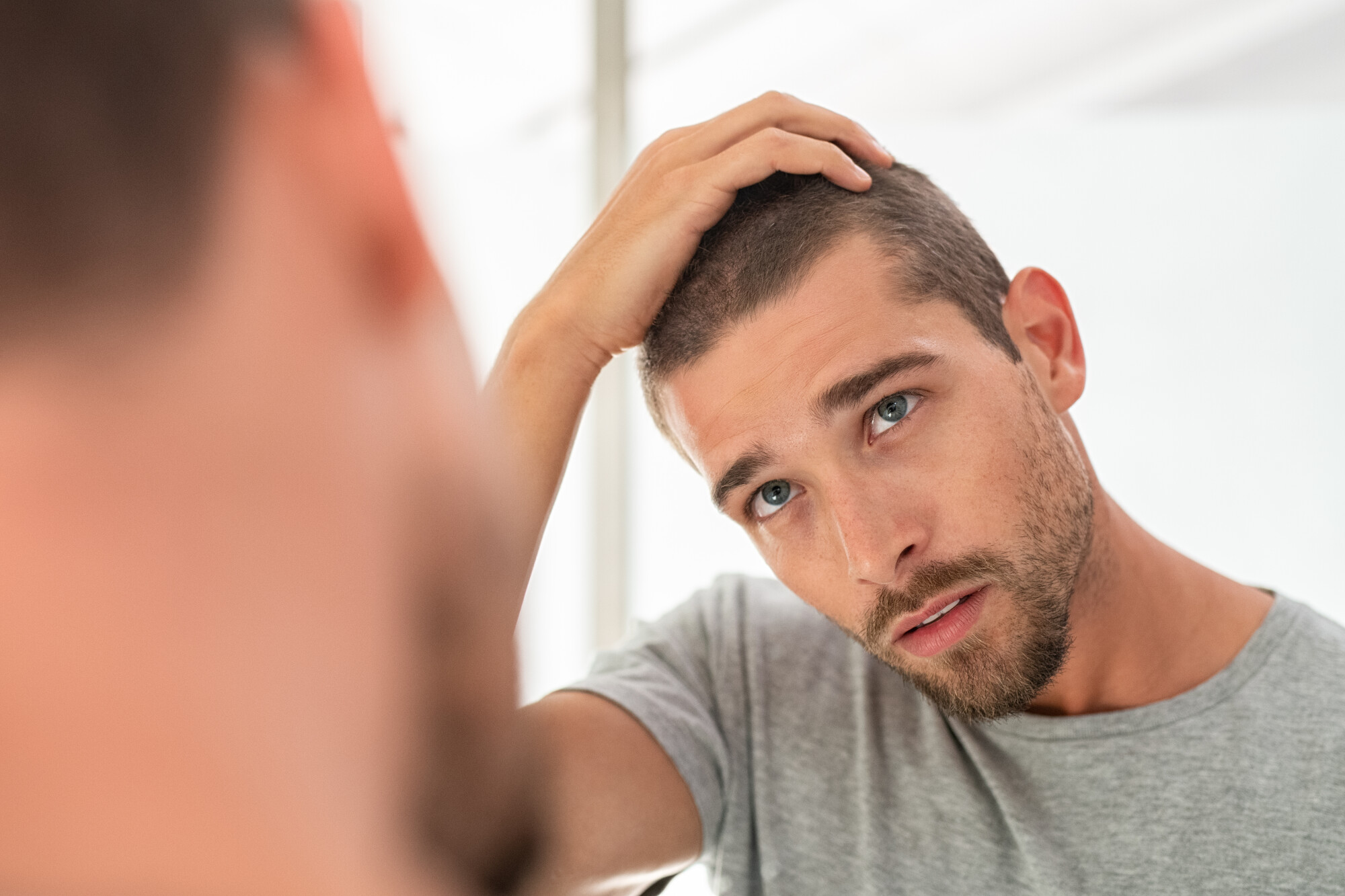Maintaining a healthy hairline is essential for both aesthetic appeal and overall scalp health. A well-maintained hairline not only enhances your appearance but also reflects good hair care practices. Whether you’re aiming to prevent hairline recession or simply want to keep your hairline looking its best, this guide provides practical tips and strategies to help you achieve and maintain a healthy hairline.
Understanding Hairline Health
Before delving into maintenance tips, it’s crucial to understand what constitutes a healthy hairline. The hairline is the edge of the area where your hair grows on your forehead. It varies among individuals, with some having a straight hairline, while others may have a widow’s peak or a more rounded shape.
See also: Comprehensive Guide to Maintaining Kidney Health
A healthy hairline is characterized by:
- Even hair growth: No noticeable thinning or bald patches.
- Smooth edges: The transition from forehead to hair is gradual and natural.
- Minimal breakage: Hairline hairs are not excessively breaking or falling out.
Factors that can affect hairline health include genetics, hormonal changes, stress, diet, and hair care practices.
1. Gentle Hair Care Practices
The hairline area is particularly delicate and can be prone to breakage and thinning. To maintain its health:
- Avoid tight hairstyles: Styles like tight ponytails, braids, or buns can pull on the hairline, leading to traction alopecia. Opt for looser styles that don’t stress the hair follicles. citeturn0search5
- Use a wide-toothed comb: When detangling, especially when hair is wet, use a wide-toothed comb to prevent breakage.
- Be gentle when drying: Instead of rubbing your hair with a towel, gently blot it to remove excess water.
- Limit heat styling: Excessive use of flat irons, curling irons, and blow dryers can weaken hair strands. If you must use them, apply a heat protectant beforehand.
See also: Comprehensive Guide to Maintaining Kidney Health
2. Nourish Your Hair from Within
A balanced diet plays a pivotal role in hair health. Ensure your diet includes:
- Proteins: Hair is primarily made of keratin, a protein. Include lean meats, eggs, legumes, and nuts in your diet.
- Vitamins and minerals: Biotin, vitamin D, vitamin E, and B vitamins are essential for hair growth. Iron, zinc, and magnesium also support hair health.
- Healthy fats: Omega-3 fatty acids found in fatty fish, flaxseeds, and walnuts help nourish the scalp.
- Hydration: Drink plenty of water to keep your scalp and hair hydrated.
Incorporating these nutrients can strengthen hair follicles and promote healthy hair growth.
3. Scalp Care and Stimulation
A healthy scalp is the foundation for a healthy hairline. To maintain scalp health:
- Regular cleansing: Use a mild, sulfate-free shampoo to cleanse your scalp and hairline. Avoid harsh scrubbing, as it can irritate the delicate skin and lead to breakage. citeturn0search1
- Scalp massages: Gently massaging your scalp can increase blood circulation to hair follicles, promoting hair growth. Use your fingertips to massage in circular motions for a few minutes daily.
- Exfoliate occasionally: Using a gentle scalp scrub once a week can remove dead skin cells and product buildup, ensuring hair follicles remain unclogged.
4. Protect Your Hairline
Environmental factors can damage your hairline. To protect it:
- Sun protection: Excessive sun exposure can weaken hair and cause dryness. Wear a hat or use hair products with UV protection when outdoors.
- Avoid harsh chemicals: Limit the use of chemical treatments like perms, relaxers, and dyes, especially near the hairline. If necessary, consult a professional stylist.
- Use silk or satin pillowcases: Cotton pillowcases can cause friction, leading to hair breakage. Silk or satin pillowcases reduce friction and help maintain hair integrity.
5. Manage Stress Effectively
Chronic stress can lead to hair loss and affect hairline health. To manage stress:
- Practice relaxation techniques: Engage in activities like meditation, deep breathing exercises, or yoga to reduce stress levels.
- Regular exercise: Physical activity can improve blood circulation and reduce stress hormones, benefiting hair health.
- Adequate sleep: Ensure you get 7-9 hours of quality sleep each night to allow your body to repair and rejuvenate.
6. Consider Topical Treatments
If you’re concerned about hairline thinning or recession:
- Minoxidil: Over-the-counter topical treatments like minoxidil (Rogaine) can stimulate hair growth. Apply as directed and consult a dermatologist before starting. citeturn0search6
- Essential oils: Some essential oils, like rosemary and peppermint, have been suggested to promote hair growth. Dilute with a carrier oil and massage into the scalp.
- Hair growth serums: Products containing biotin, caffeine, or keratin may strengthen hair and improve hairline appearance.
- See also: Comprehensive Guide to Maintaining Kidney Health
7. Regular Monitoring and Professional Consultation
Keep track of any changes in your hairline. If you notice significant thinning or recession:
- Document changes: Take regular photos to monitor progress or changes over time.
- Consult a dermatologist: A professional can diagnose underlying causes and recommend appropriate treatments.
- Avoid self-diagnosing: Refrain from using unproven remedies without professional guidance.



